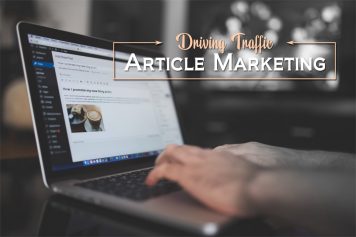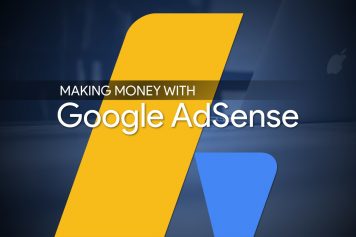Discover a unique blog where our design team and developers share their experiences, offering helpful insights on owning, managing, and hosting websites. From effective website success tips to WordPress maintenance, explore tricks of the trade and best practices for business advice. This is more than a blog; it’s your information gateway.

How To Use WordPress Menus
A menu for a website is the navigation bar that shows up at the top, giving links to all the pages shown in the menu.

Tip: Regularly Review Your Website for Viruses
In this post, I will examine how to review and scan code regularly to help prevent security breaches and viruses. The largest and most advanced

The Phone Book vs. Google
The use of websites has dramatically changed over the course of the last five, even ten years. More consumers are turning to the internet to look up simple business questions. The phone book is a thing of the past.

How Article Marketing Drives Traffic to Your Site
There’s an easy, free way to drive traffic to your website, and more and more experts are asserting that it has a greater ROI than even PPC, or pay per click, advertising.

Getting Started with Affiliate Programs
Affiliate programs are a great way to make money with very little effort. If you’re on the receiving end, all you have to do is sign up and insert a bit of link code into your website or blog.

Accessibility: Is Your Website Reaching ALL of Your Audience?
In a recent blog post, I wrote about the concept of usability, and why having a “usable” website is a crucial component of your business success. As promised, I’d now like to tell you about the related yet distinct issue of accessibility.

Get Started Making Money with Google AdSense
While browsing the Web for business or pleasure, you’ve probably noticed that a lot of sites have groups of links or display ads that say “Ads by Google” under them. Maybe you’ve clicked on a few, or even ended up buying something from one of those linked sites.

What Is Website Usability, and Why Should You Care?
What does it mean to say you have a “usable” website? The term “usability” is actually an industry term that is based on an entire field of research and testing that, simply put, has to do with how easy it is for people to navigate and use your website.